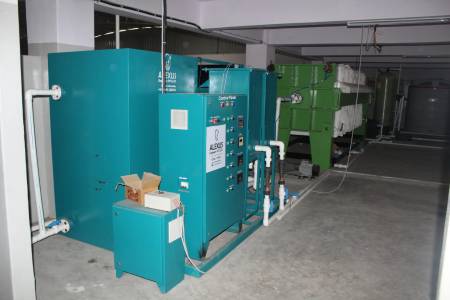
Electrocoagulation (EC) is a highly effective and environmentally friendly electrochemical water treatment technology that utilizes electrodes to remove a wide range of pollutants from water and wastewater. Unlike traditional methods, EC offers a unique approach by generating coagulants in situ, eliminating the need for external chemical addition and reducing sludge production. This makes it a cost-effective and sustainable solution for various applications.
How it Works:
EC operates by passing a direct current (DC) through sacrificial electrodes (typically iron or aluminum) immersed in the water to be treated. This process initiates several simultaneous electrochemical reactions:
Key Advantages of Electrocoagulation:
Applications:
Limitations:
Conclusion:
Electrocoagulation offers a robust and versatile solution for water and wastewater treatment. Its efficiency, environmental friendliness, and reduced sludge production make it an attractive alternative to traditional methods in many applications. However, careful consideration of energy consumption and electrode replacement costs is necessary for optimal system design and economic viability.